A billionaire's thatched cottage is for sale in Surrey, once owned by the oil magnate J. Paul Getty
Chestnut Cottage is a joyous little home — albeit one with the most unusual bedrooms to acreage to price balances we've ever seen. Toby Keel takes a look inside.
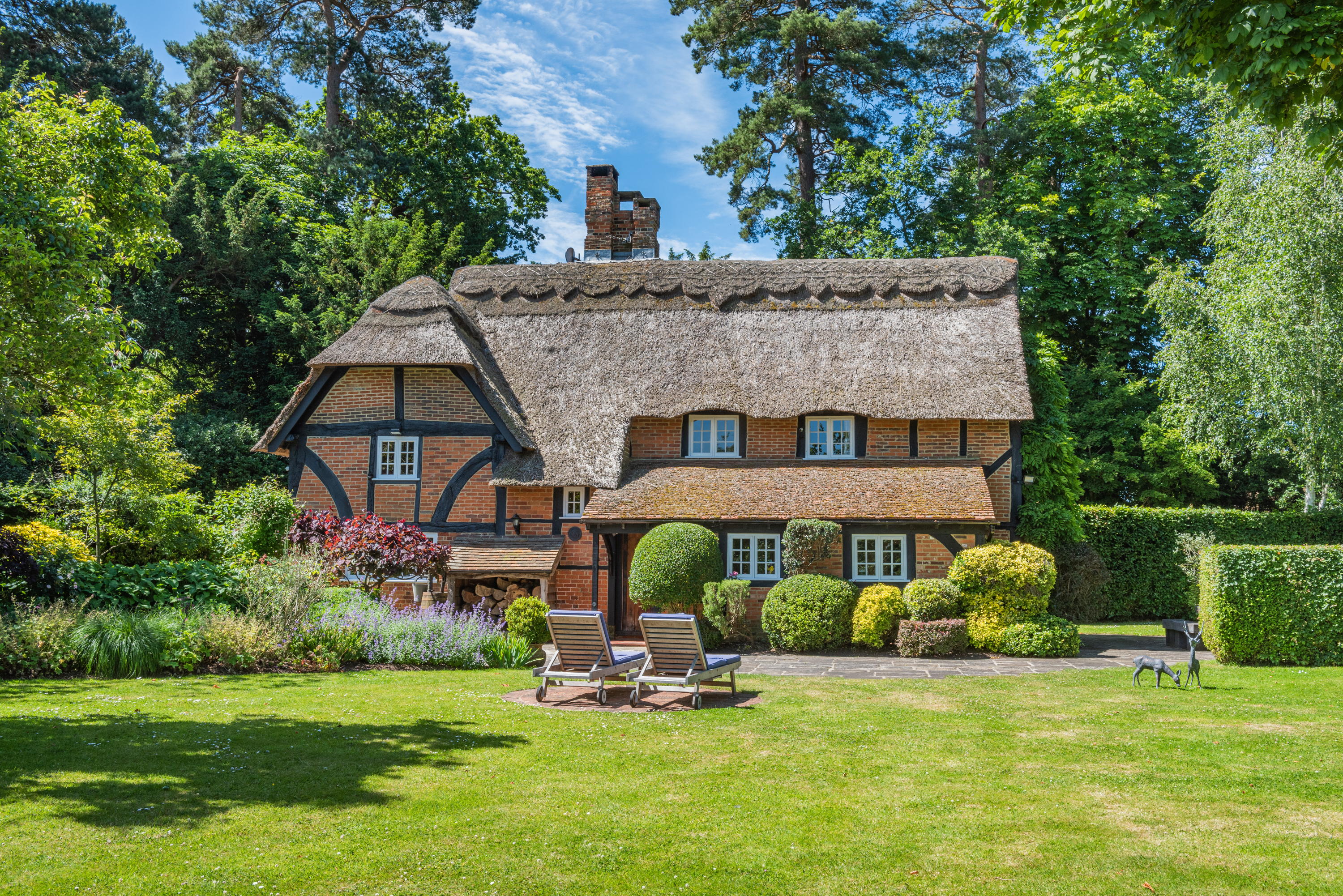
What do you do once you’re a billionaire?
If you were to judge by column inches, the most common answer seems to be flying to space, stir up culture wars, meddle in politics or buying once-great sporting institutions. Newspaper headlines always deal with the outliers, though: most billionaires are quite happily snapping up Scottish castles, staying in the world’s best hotels (without worrying about the £3,000-a-night room rates), and struggling to use their means to make the world a better place. Many are still doing what made them wealthy and successful in the first place, even at an age when their contemporaries have long-since retired, since for them it’s about the joy of playing the game, not the scoreline.
But as L. P. Hartley wrote, ‘the past is a foreign country; they do things differently there,’ which brings us to one of the most famed billionaires of the 20th century: the oil magnate Jean Paul Getty, a US-born tycoon who spent the last 30 years of his life in England, on an estate where a cottage he owned is up for sale at £1.95 million.
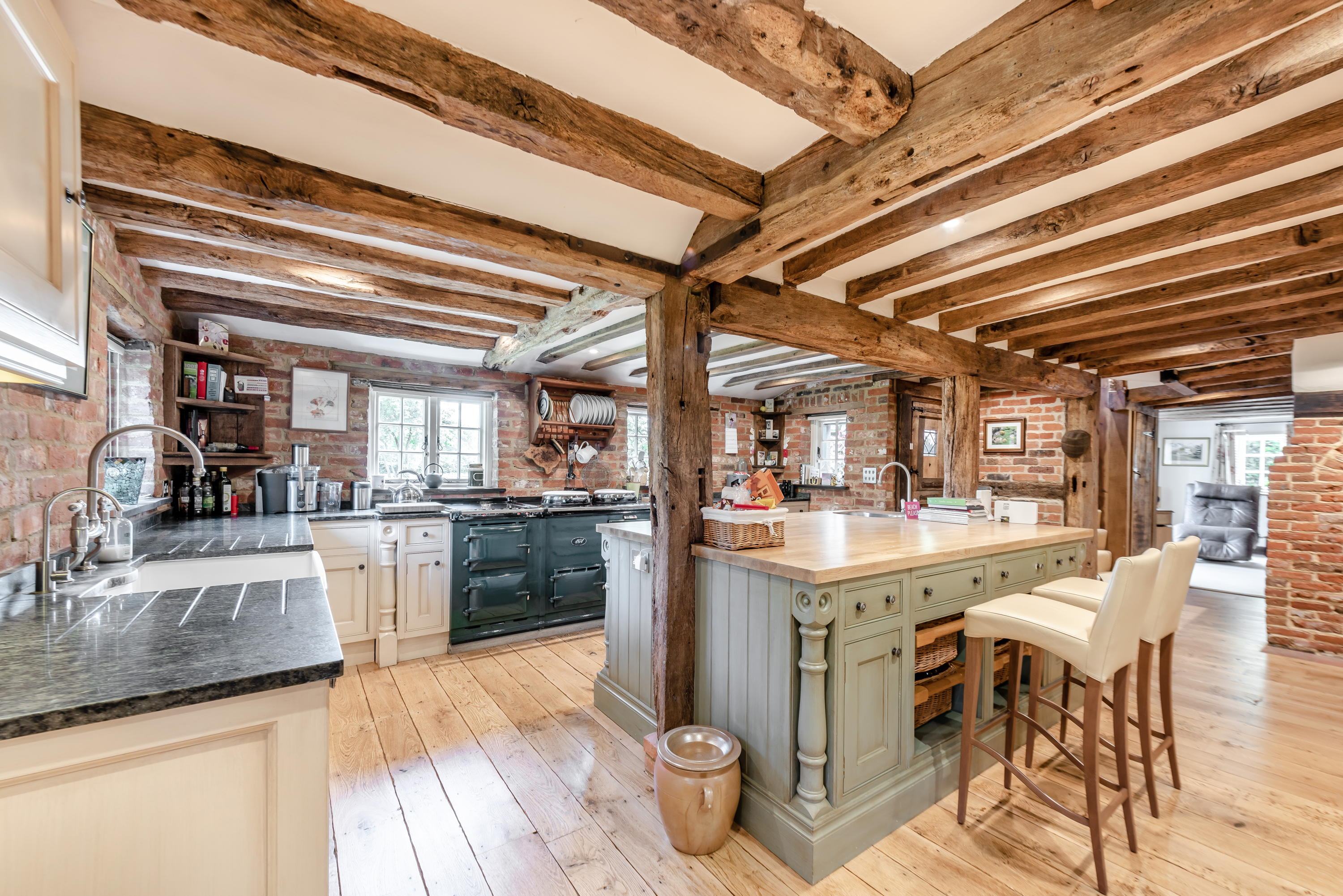
Chestnut Cottage, near Guildford.
Born in 1892, Getty’s wealth — which peaked at around £20 billion, in today’s terms — is no rags-to-riches tale. The son of a lawyer who hit oil with a speculative land purchase, he grew up as a millionaire, educated at Berkeley and Oxford, travelled around pre-First World War Europe in Grand Tour style, and became friends with the future King Edward VIII. On returning to the US, his father helped him get his own start in the oil bus, and he grew an empire of over 200 companies. By the 1950s, he was generally considered to be the world’s richest man, as well as a polymath and connoisseur who spoke half a dozen languages, and could read both Latin and Ancient Greek.
It's fair to say that J. Paul Getty 'leaned in' to his wealth fame, as we’d put it today. He wrote newspaper articles and books with titles such as How to be Rich and It's Tough to Be Billionaire. Much of the advice in those works was pretty much the opposite of the Bill Gates path of using his wealth to take on the problems of the world: ‘If I were convinced that by giving away my fortune I could make a real contribution toward solving the problems of world poverty, I'd give away 99.5 percent of all I have immediately,’ Getty wrote in a 1965 in a Saturday Evening Post article entitled The World Is Mean to Millionaires, (as cited in his fascinating New York Times obituary), ‘but a hard‐eyed appraisal of the situation convinces me this is not the case.’
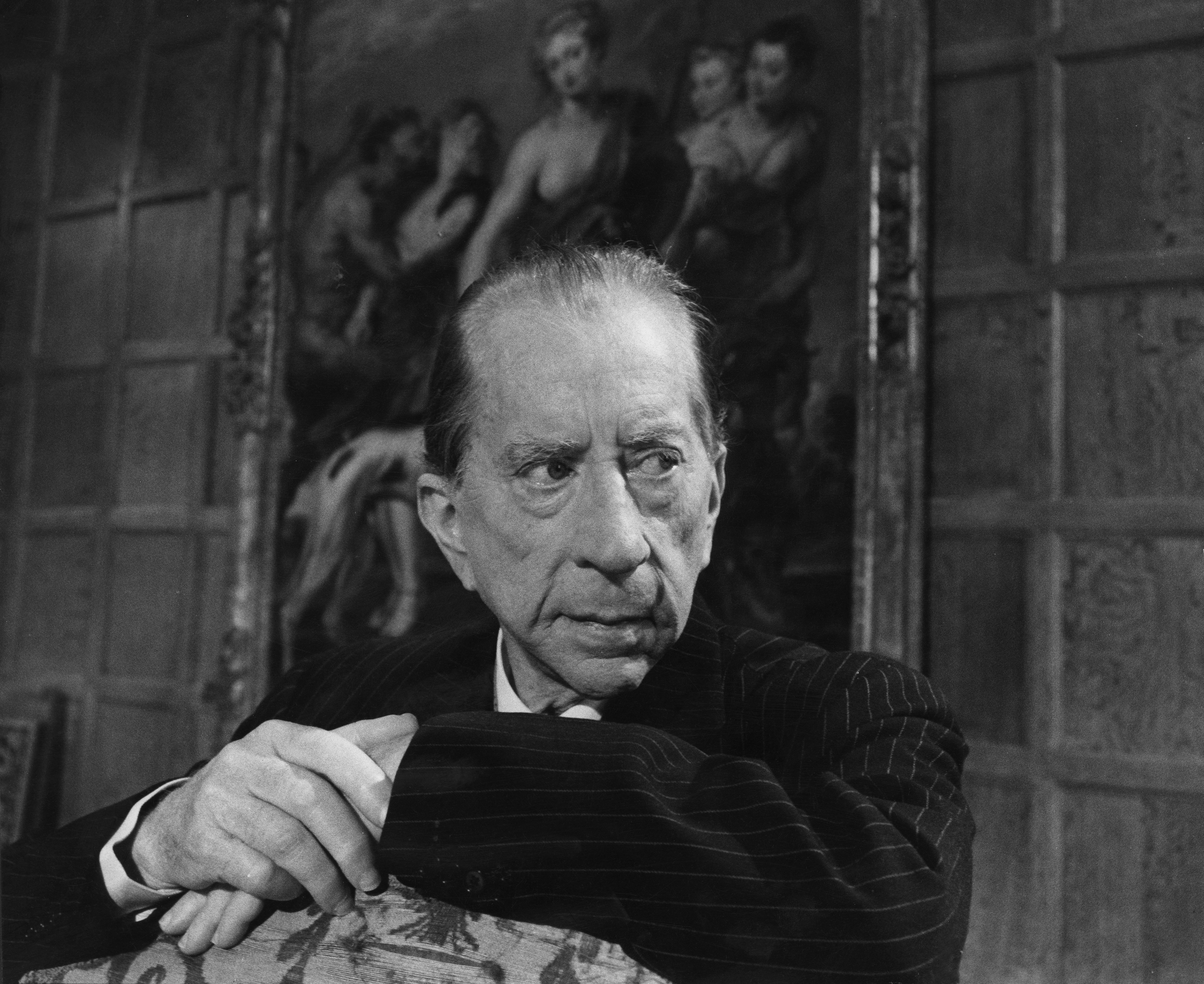
J. Paul Getty pictured at Sutton Place in Surrey in 1967.
His belief that donating money creates an unhealthy dependency, ultimately doing more harm than good, is up for debate. What isn't in doubt, though, is that Getty was ferociously stingy even when not dealing with the problems of the global population.
Notoriously, he refused to pay the kidnappers who’d taken his grandson hostage in 1973. After being sent John Paul Getty III’s ear, he eventually contributed $2.2 million towards the $3m ransom, forcing his son John Paul Getty II to borrow money to cover the rest. Why $2.2 million? It was the maximum amount that would be tax deductible.
Exquisite houses, the beauty of Nature, and how to get the most from your life, straight to your inbox.
Even putting that aside, stories of his every day parsimony are the stuff of legend. He haggled on everything and abhorred anything he saw as waste, to the point that when answering letters he’d often scribble a response in the margin of the original missive, to save using a new sheet of paper. He even installed a pay phone in his own home, as he believed house guests were taking advantage of him by making calls while staying there.
The home in question was Sutton Place, a magnificent Tudor mansion set on a small estate on the outskirts of Guildford that Getty bought from the Duke of Sutherland (he apparently paid £60,000 for it in 1959, half what the Duke is said to have paid a four decades earlier). Though he also had homes around the world (notably Italy, California and New York) it was Sutton Place that was his home, and he filled it with things he loved — primarily paintings and women. He was married five times, and had dozens of mistresses right up until his death in his 80s. (‘It is hard to decide which Getty enjoyed more, penny-pinching or bottom-pinching,’ wrote Bevis Hillier in a piece in the Los Angeles Times).
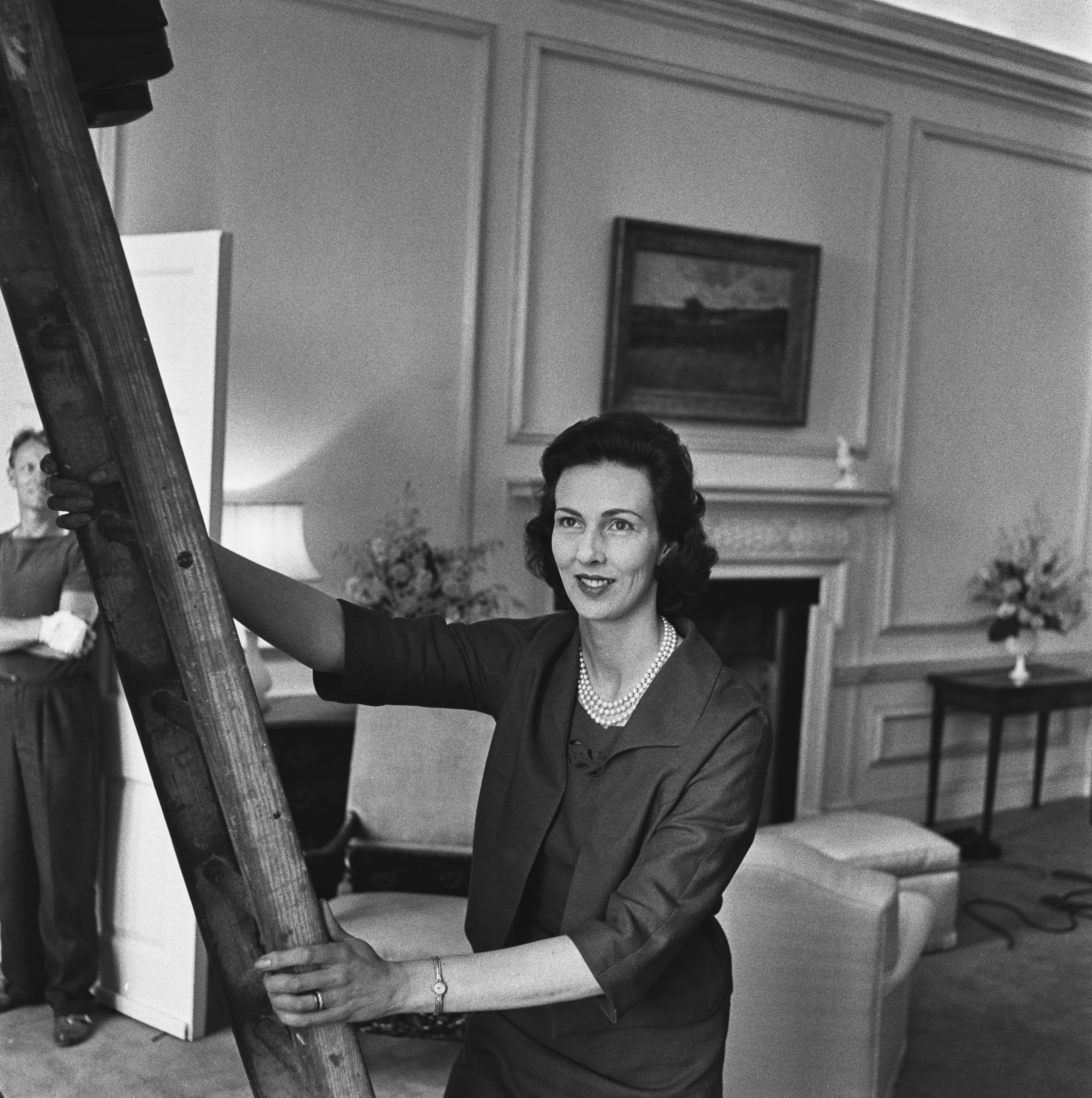
Penelope Kitson, one of Jean Paul Getty's female companions, lived for a while in a cottage on the grounds of Sutton Place.
Many of Getty’s female companions were short-lived affairs, but some ended up being housed in one of the cottages in the grounds of Sutton Place — and one of the most beautiful of those cottages is up for sale at the moment. Chestnut Cottage is an irresistible thatched cottage that is the stuff of fairytales, a dinky, two-bedroom home that looks as it has escaped from the lid of a chocolate box.
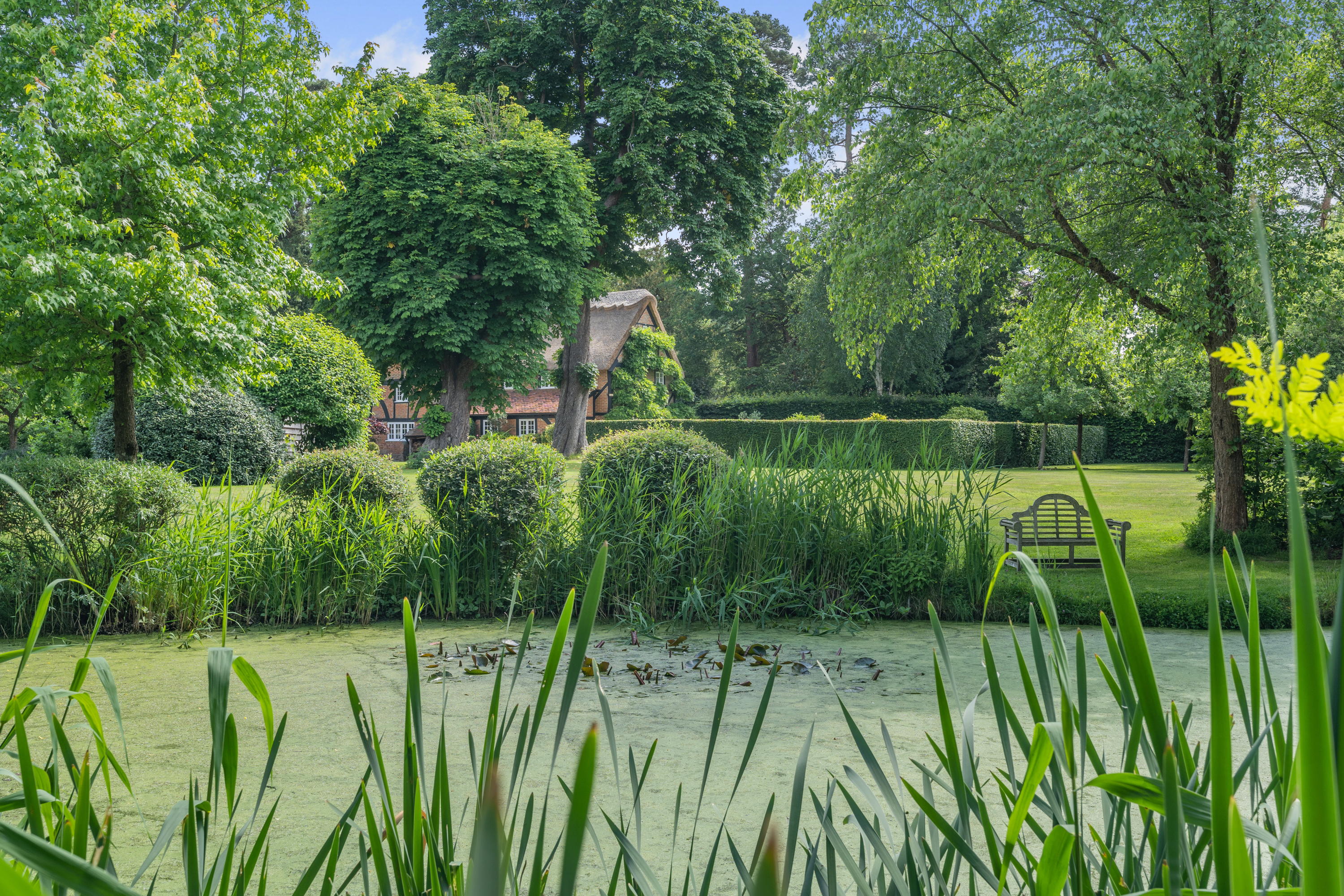
It'd take you longer to eat the chocolates than it would to look around Chestnut Cottage: downstairs, there’s a kitchen-diner plus a lounge; upstairs, two bedrooms placed on opposite sides of the landing, both of which have en-suite bathrooms. But it’s just wonderfully pretty and full of character — and the true joy of the place is beyond the front door, for the cottage is set in just under five acres of its own grounds.
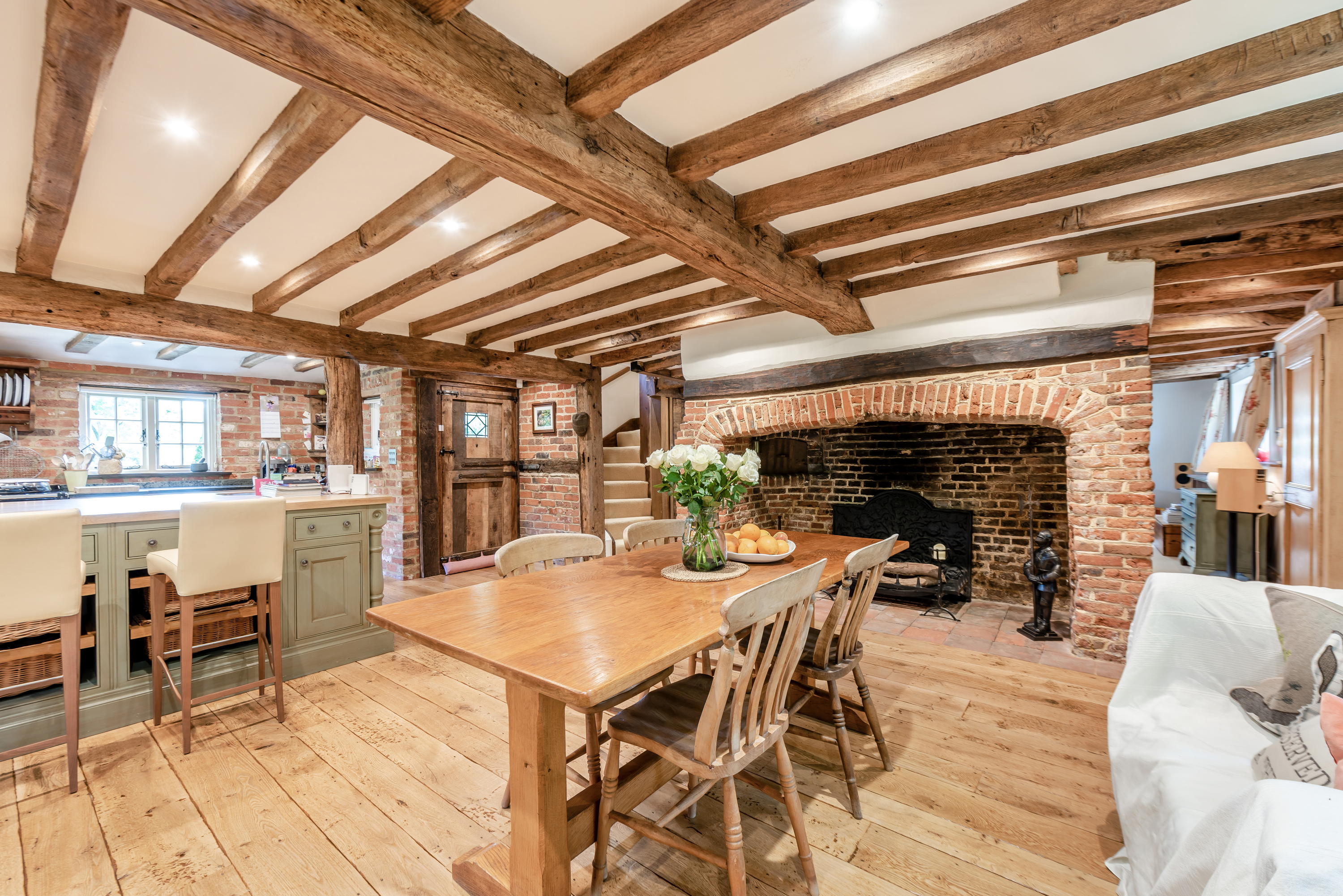

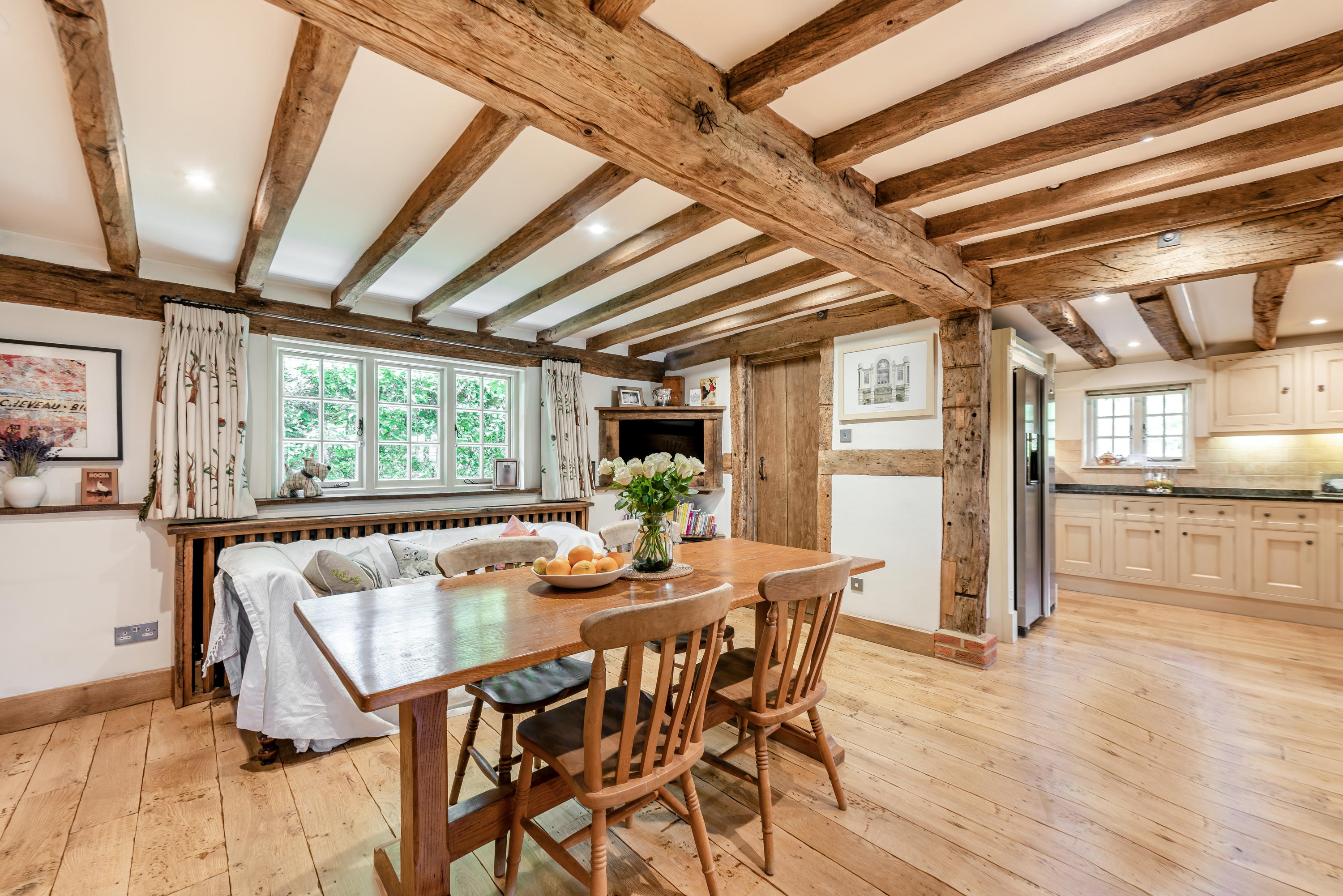
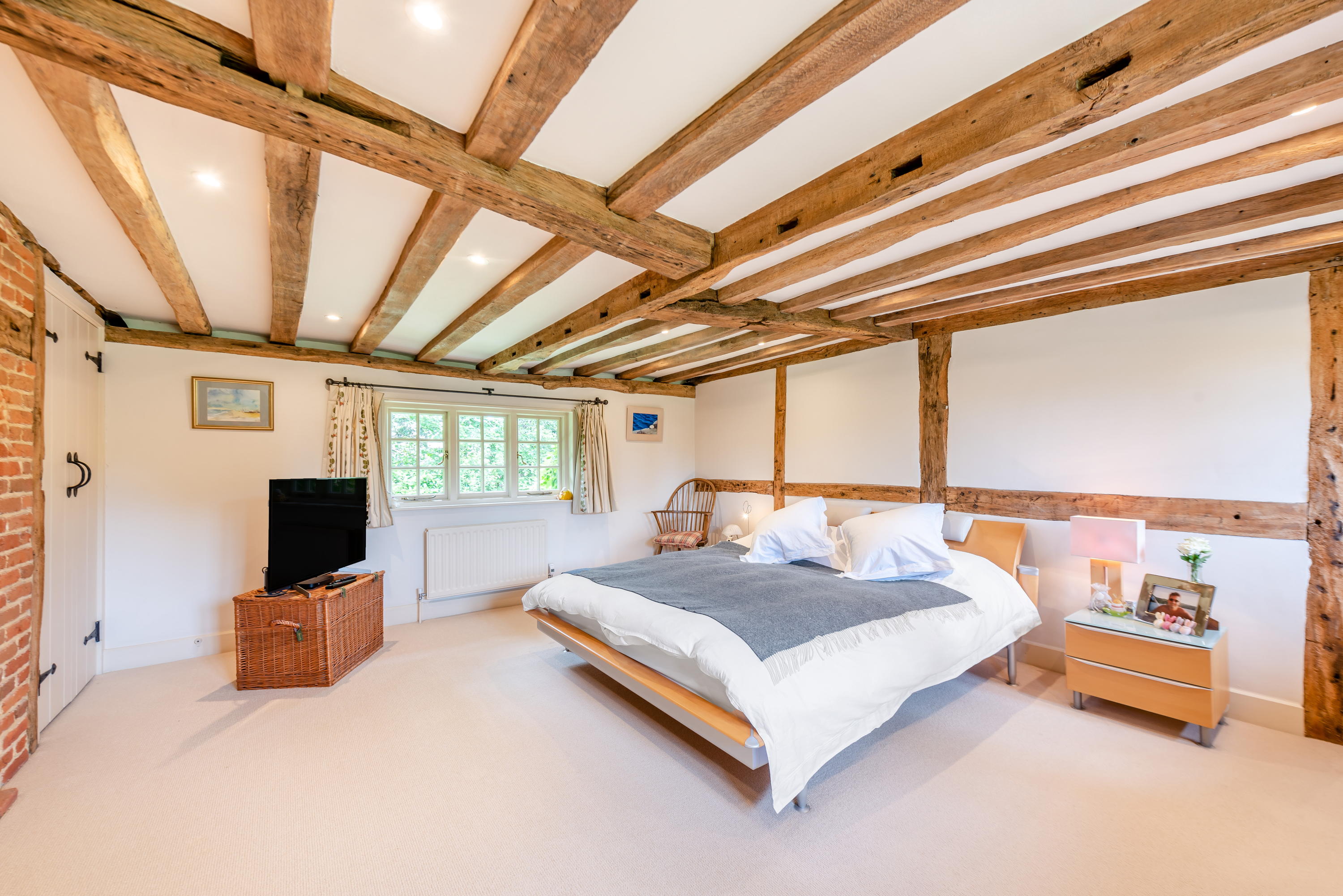
We can’t help wondering how many properties in this well-heeled slice of Surrey have five acres and two bedrooms — it’s quite possibly unique. Then again, that seems fitting of a storied house on a storied estate. And frankly, if you don’t need more living space than this, it’s a simply fantastical little home — and that goes whether you’re a billionaire, or somebody who wants a big garden without the hassle of too many rooms to sweep and toilets to clean.
Chestnut Cottage is for sale via Strutt & Parker at £1.95 million — see more details.

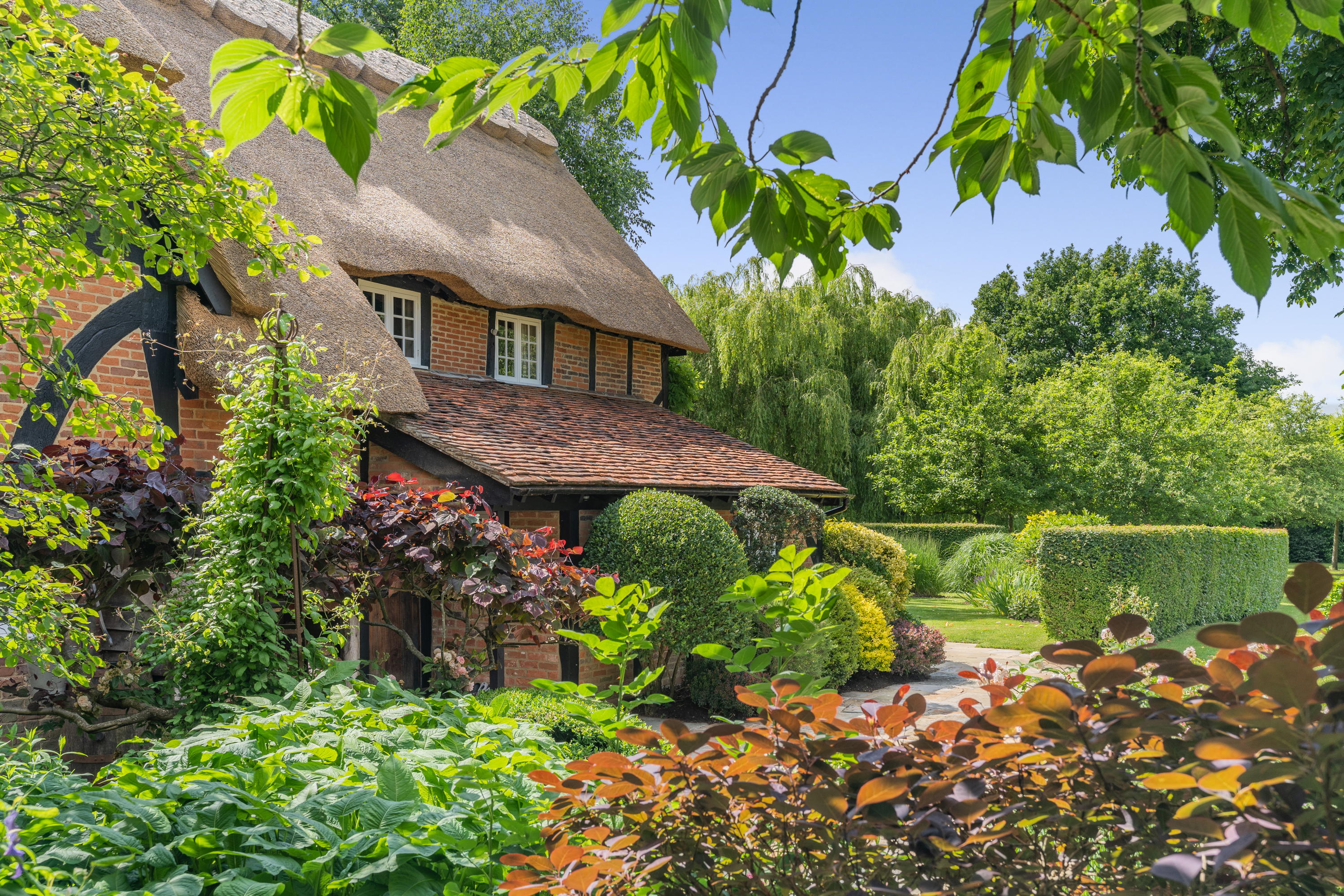

Toby Keel is Country Life's Digital Director, and has been running the website and social media channels since 2016. A former sports journalist, he writes about property, cars, lifestyle, travel, nature.
-
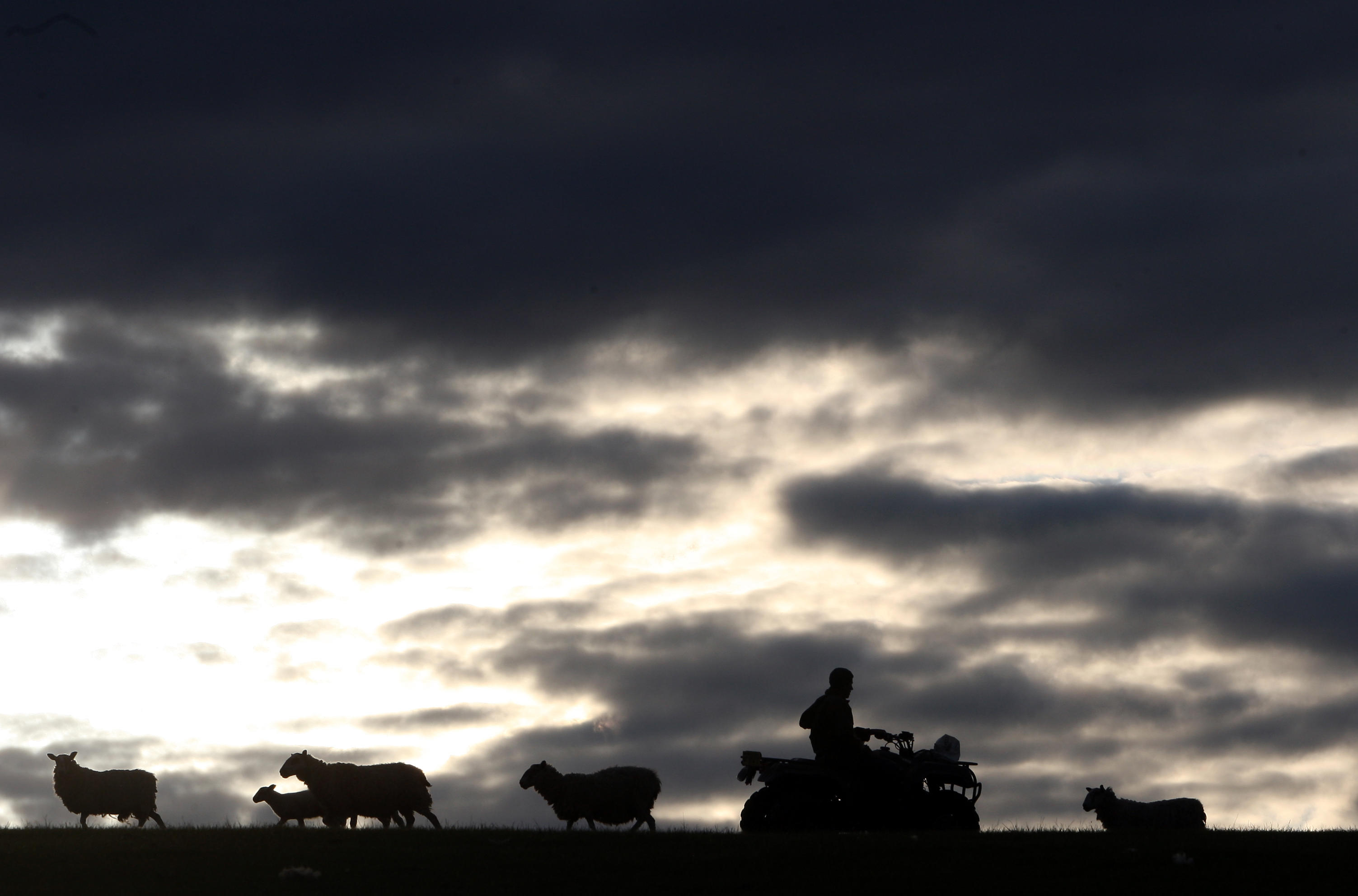 'I’m going to be the first in more than 100 years to sell anything off': How the upcoming budget uncertainty is impacting young farmers
'I’m going to be the first in more than 100 years to sell anything off': How the upcoming budget uncertainty is impacting young farmersChanges to inheritance tax, property relief and Defra budgets will likely change Britian's rural landscape. We ask the next generation of farmers what they think their future will look like.
By Jane Wheatley Published
-
 'The night smells like engine oil… and money': How Singapore’s glittering night race paved the way for a new era of city-centre Grands Prix
'The night smells like engine oil… and money': How Singapore’s glittering night race paved the way for a new era of city-centre Grands PrixIt's the Las Vegas Grand Prix this weekend, but it and other city-centre Grand Prix would be nothing without trailblazing Singapore. Natasha Bird explains how the city state got it so right.
By Natasha Bird Published
-
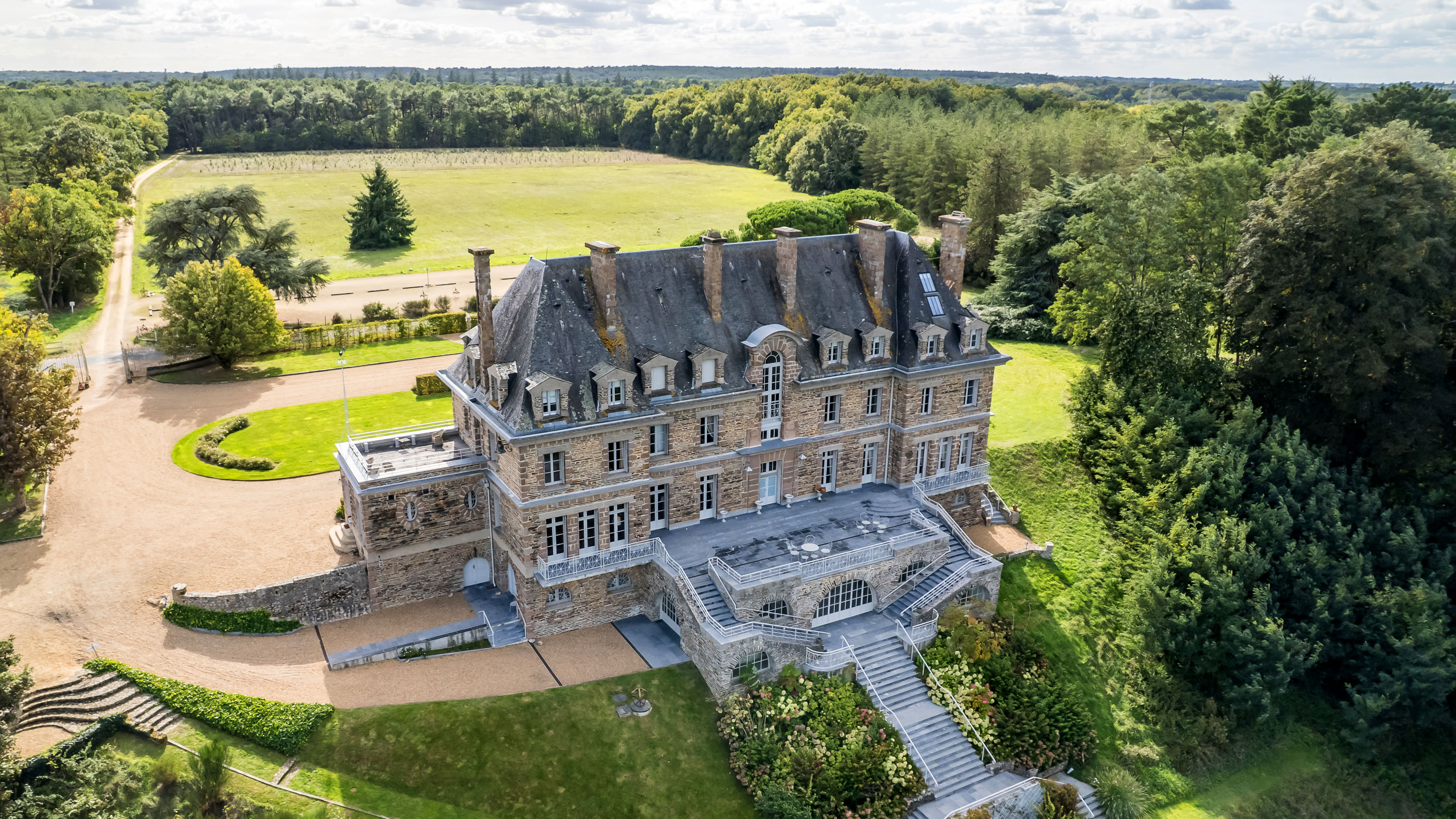 The pink granite chateau that the Cointreau family built in the Loire Valley is for sale at £3.5 million
The pink granite chateau that the Cointreau family built in the Loire Valley is for sale at £3.5 millionThe great country seats of the Guinness family have an equivalent over the Channel, where the chateau built by the Cointreau family is on the market.
By Toby Keel Published
-
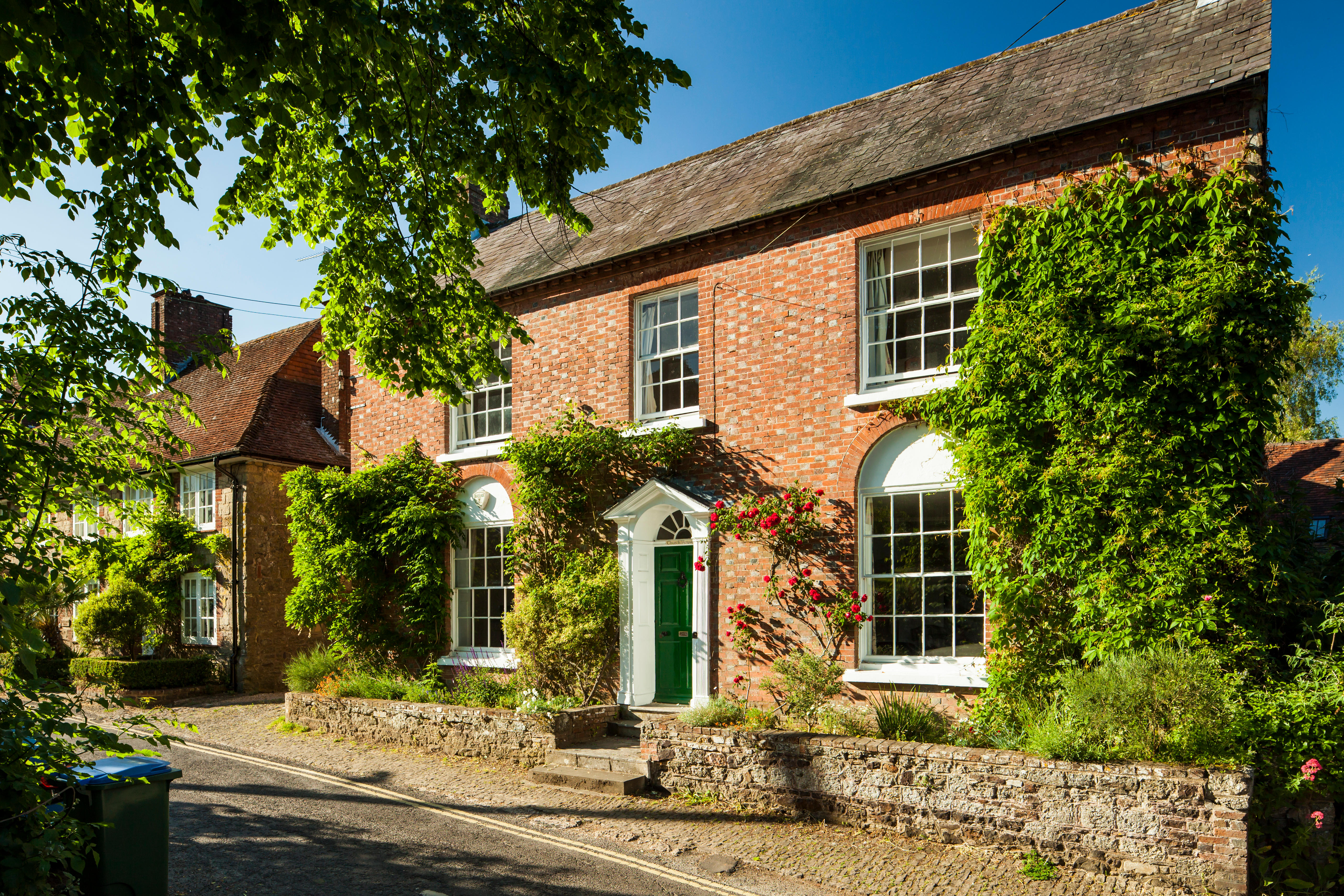 Is this the end of the Forever Home?
Is this the end of the Forever Home?The classic dream of finding a family house in which you can settle down, raise a family and grow old has never been harder to obtain. So has the concept of the 'Forever Home' had its day? Annabel Dixon reports.
By Annabel Dixon Published
-
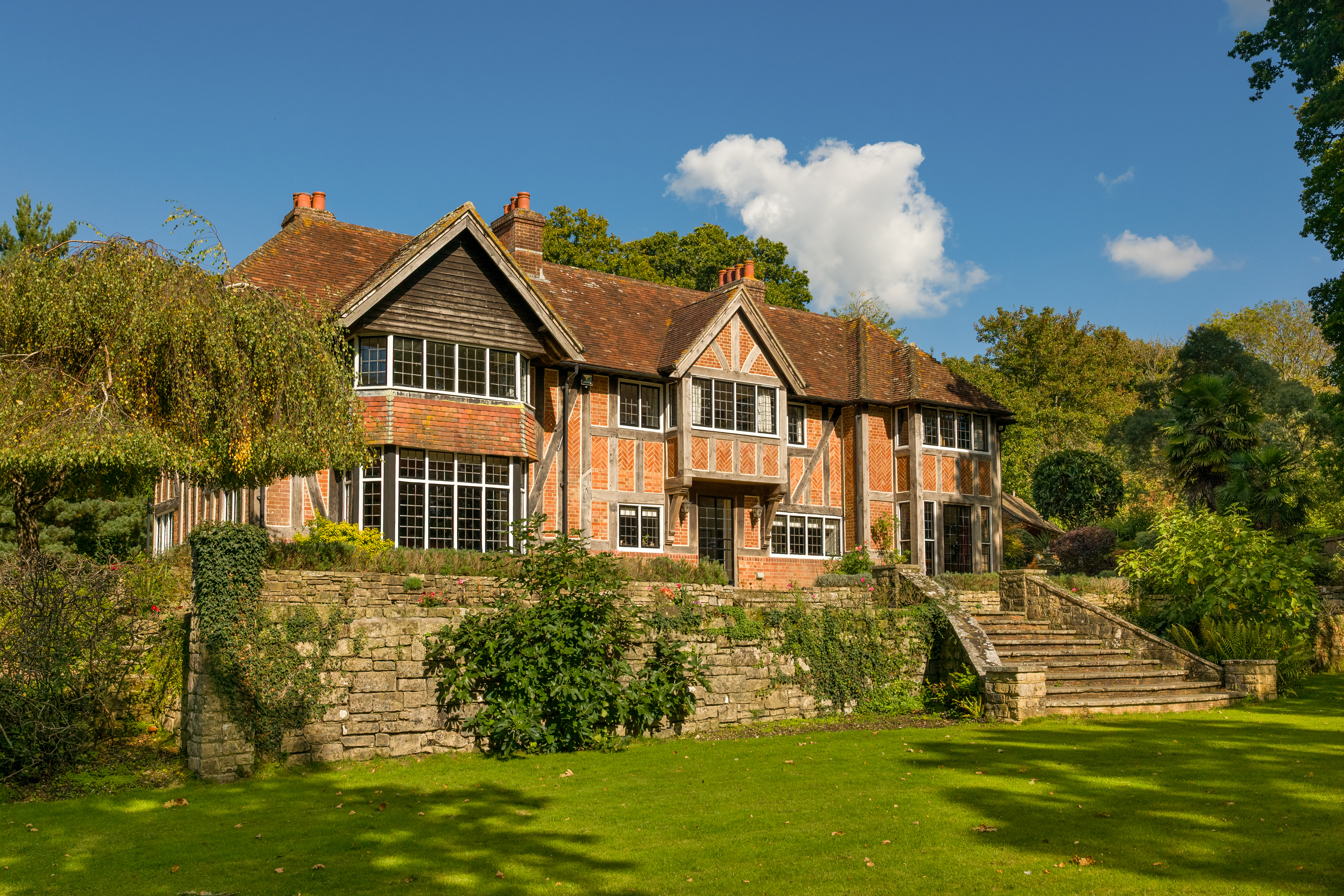 An Arts-and-Crafts home that sits in prime position in the most exclusive (and priciest) road in Hampshire
An Arts-and-Crafts home that sits in prime position in the most exclusive (and priciest) road in HampshireWith its own private jetty on the Beaulieu River, The Rookery is a rare and beautiful home. Penny Churchill takes a look.
By Penny Churchill Published
-
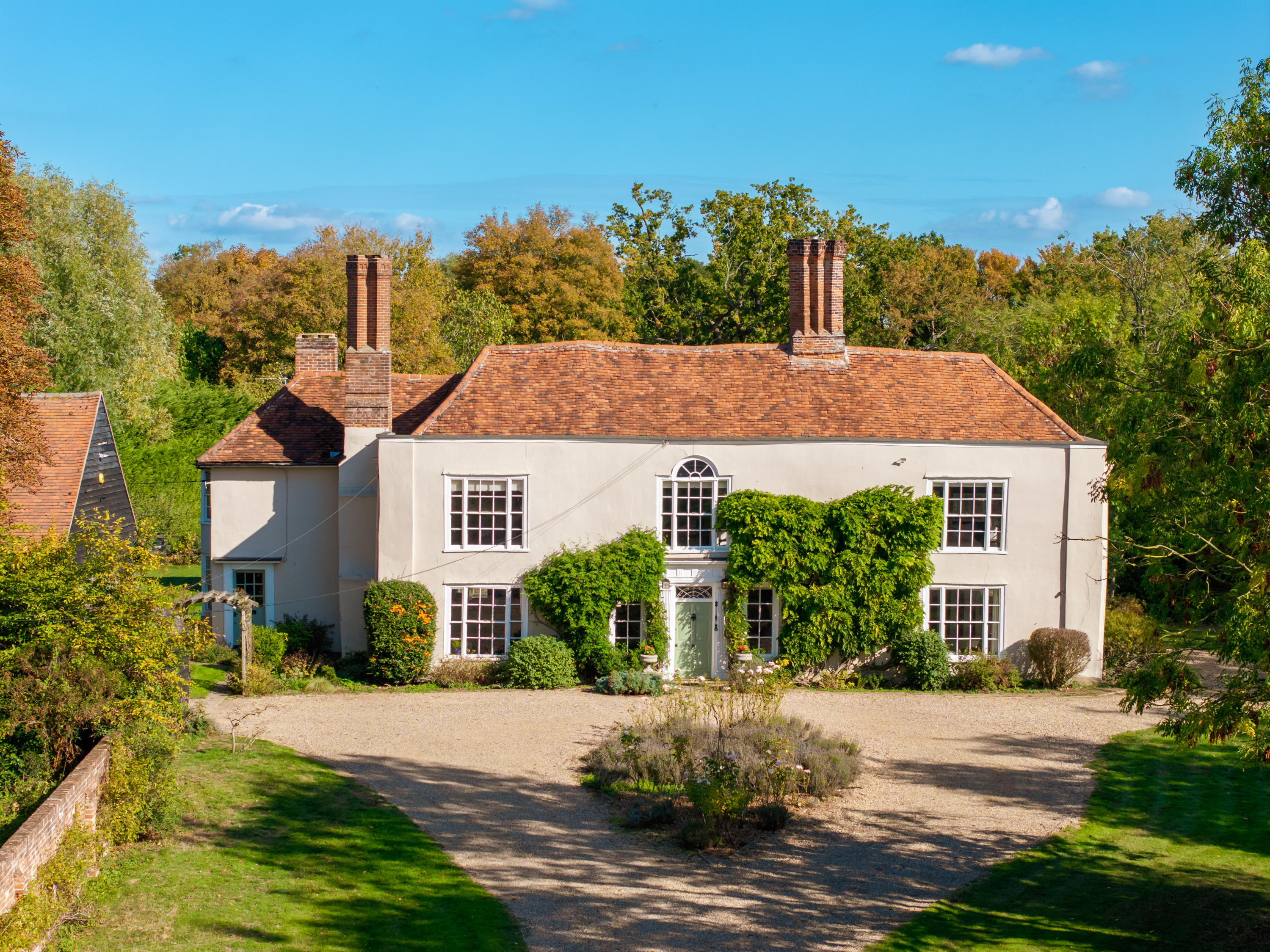 A home where medieval, Georgian and modern come together in rare style
A home where medieval, Georgian and modern come together in rare styleSet in a couple of acres in the leafy outskirts of Essex, Rochfords is a family house that blends old and new with charm and a sense of fun.
By Penny Churchill Published
-
 A private island in the Thames Estuary is up for sale at £50,000, complete with its own Victorian fort
A private island in the Thames Estuary is up for sale at £50,000, complete with its own Victorian fortDarnet Fort is seeking a new owner — but it's going to need someone of great vision and spirit.
By Toby Keel Published
-
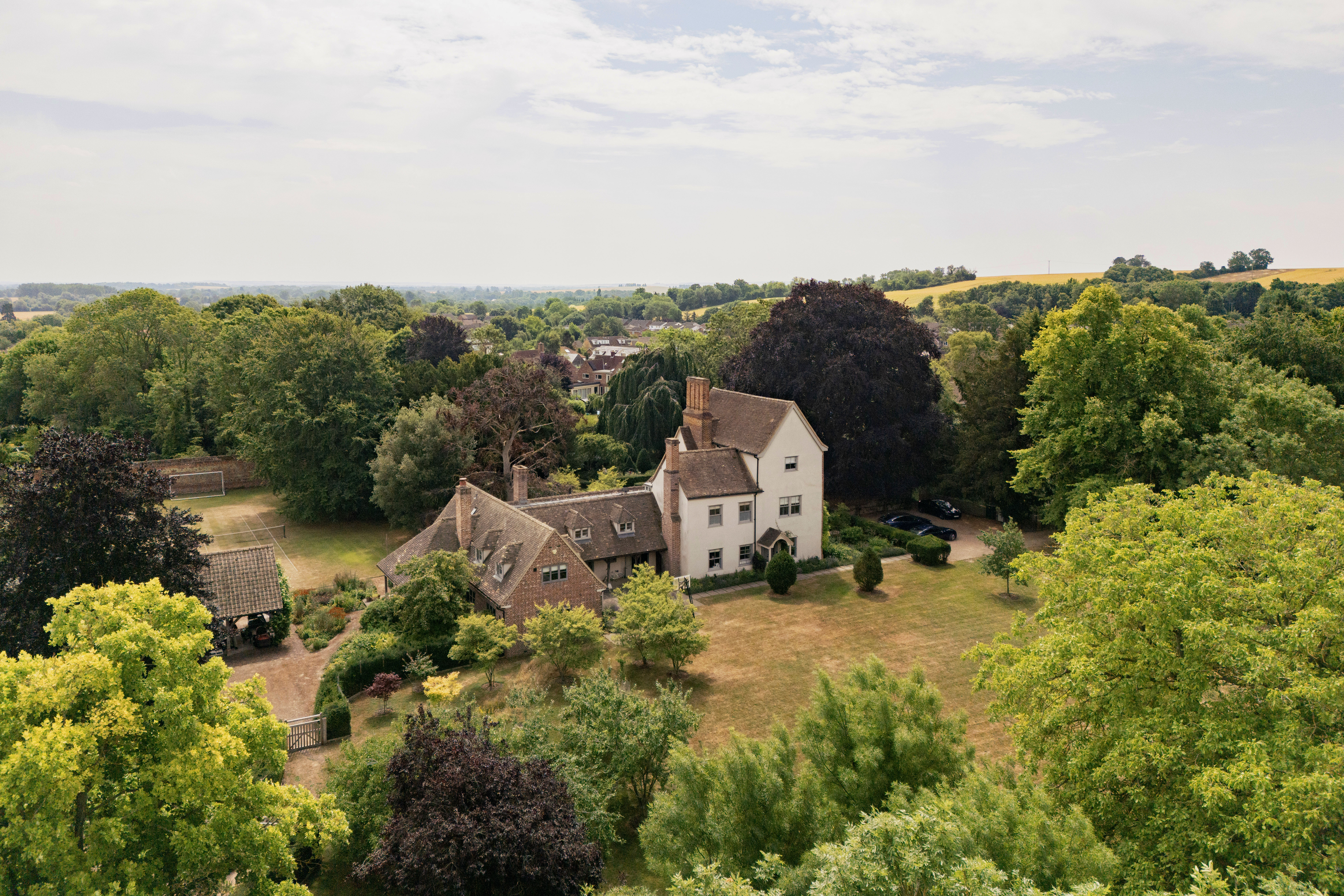 A 500-year-old house with Soho House-style interiors, Chelsea gold medallist gardens and a grass tennis court
A 500-year-old house with Soho House-style interiors, Chelsea gold medallist gardens and a grass tennis courtHaslingfield Manor is an extraordinary mix of styles and ideas, from Tudor Britain to the cutting edge of modern design. Penny Churchill takes a look.
By Penny Churchill Published
-
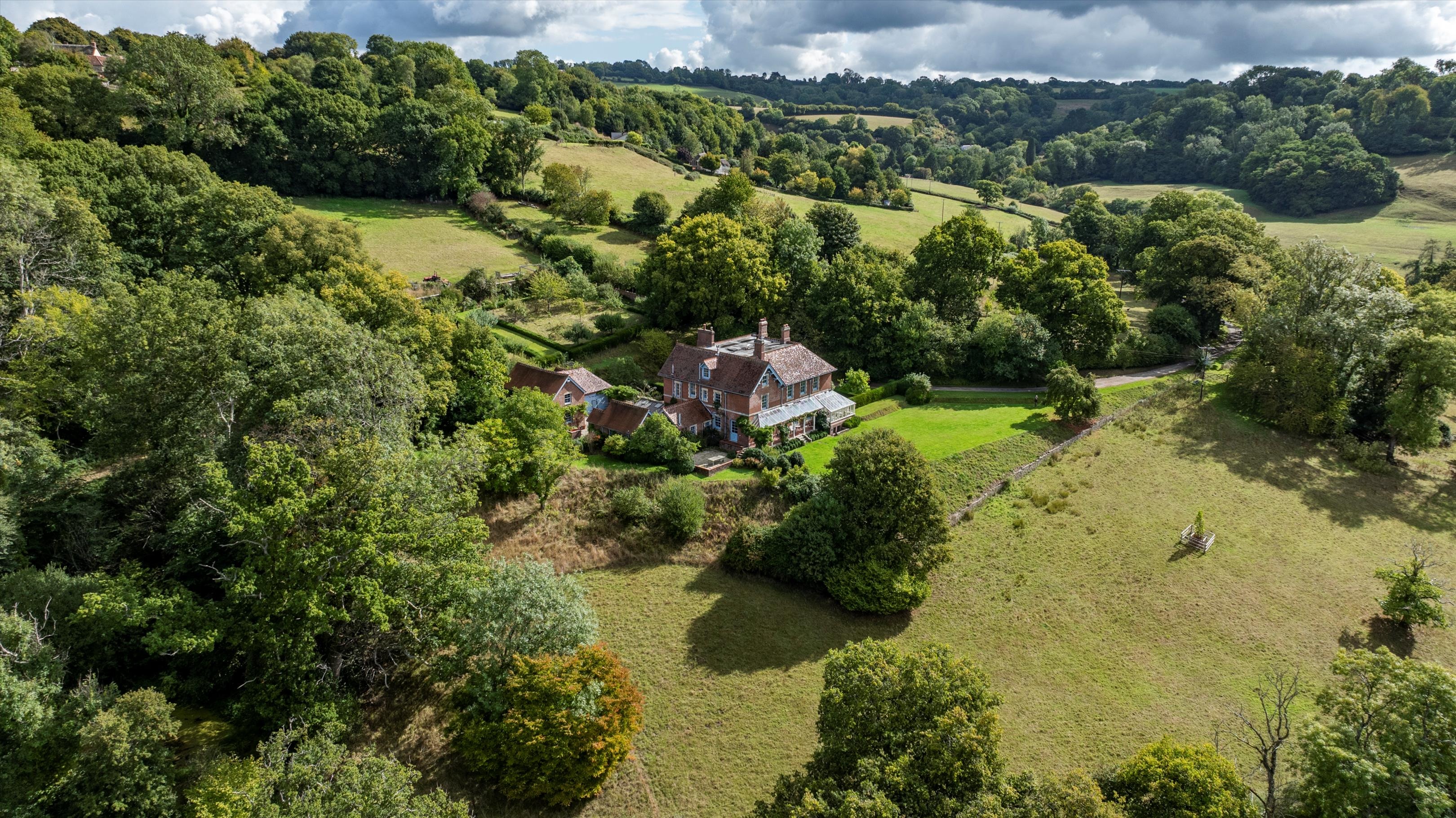 Utterly wonderful country homes for sale across Britain, from a 10-bedroom mansion to a Devon hideaway, as seen in Country Life
Utterly wonderful country homes for sale across Britain, from a 10-bedroom mansion to a Devon hideaway, as seen in Country LifeFrom an irresistibly charming house in Devon to a 400-year-old commutable home in Hertfordshire, here's our pick of some of the best homes to come to market via Country Life in the past week.
By Toby Keel Published
-
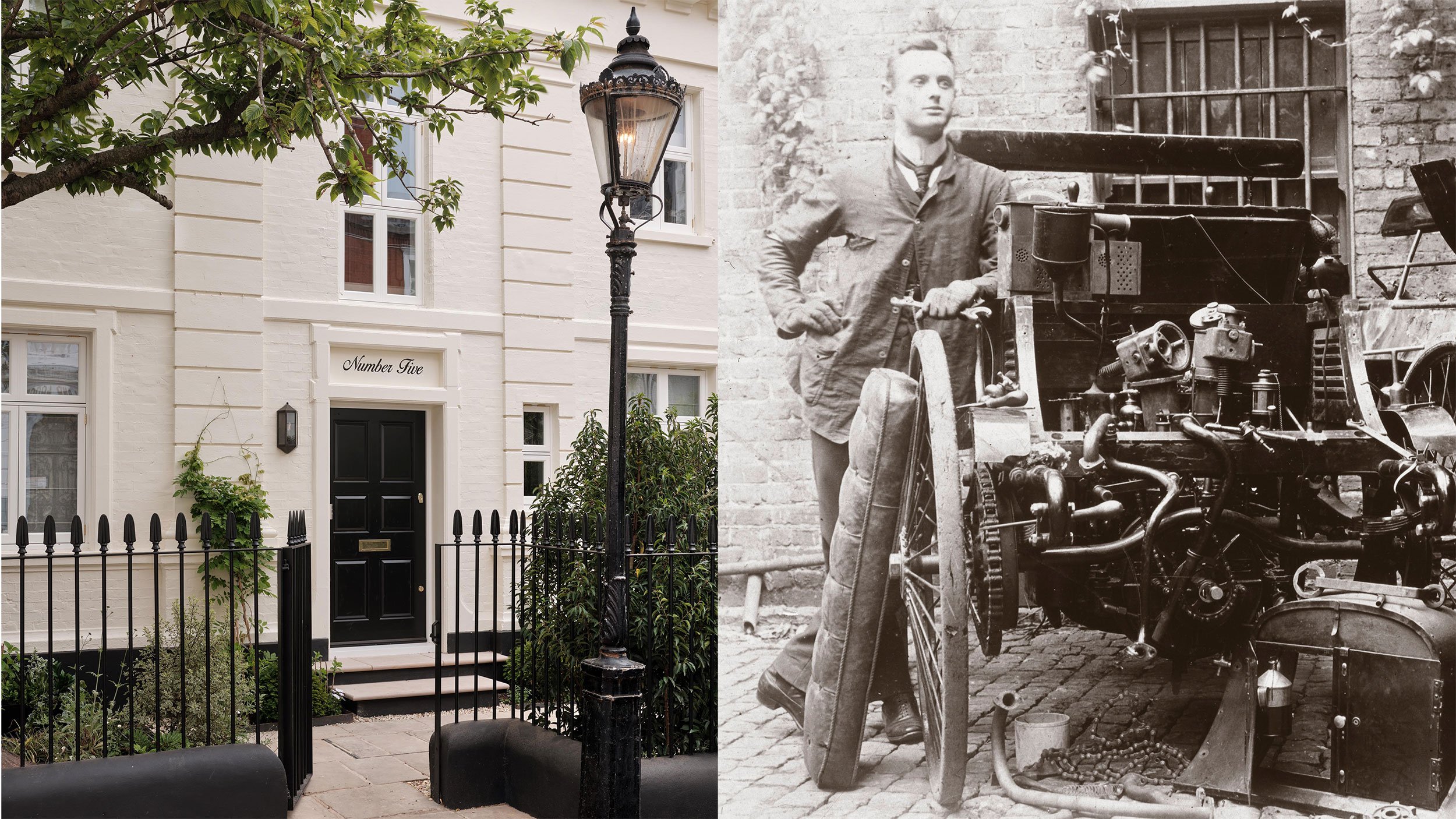 The London house where Rolls-Royce's co-founder Charles Rolls tinkered with his very first car is for sale at £17 million
The London house where Rolls-Royce's co-founder Charles Rolls tinkered with his very first car is for sale at £17 millionCharles Rolls, the engineer and co-founder of Rolls-Royce, got his hands dirty when using the stables of this fine London home as a makeshift garage. Annabel Dixon reports.
By Annabel Dixon Published


